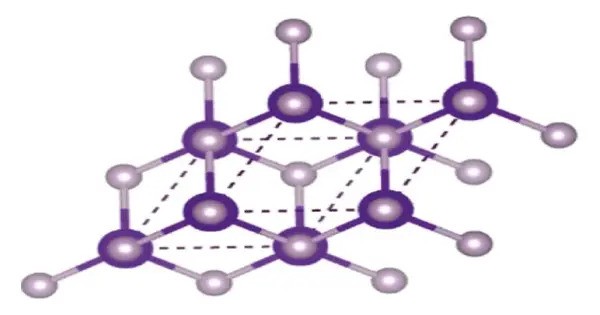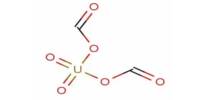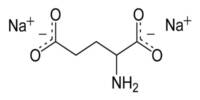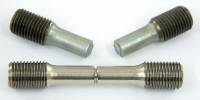Indium phosphide (InP) is a binary semiconductor composed of indium and phosphorus. It has a face-centered cubic (“zincblende”) crystal structure, identical to that of GaAs and most of the III-V semiconductors. It is known for its excellent electrical properties and is used in high-speed and high-frequency electronic devices.
Properties
- Chemical formula: InP
- Molar mass: 145.792 g/mol
- Appearance: black cubic crystals
- Density: 4.81 g/cm3, solid
- Melting point: 1,062 °C (1,944 °F; 1,335 K)
- Solubility: slightly soluble in acids
- Band gap: 1.344 eV (300 K; direct)
- Electron mobility: 5400 cm2/(V·s) (300 K)
- Thermal conductivity: 0.68 W/(cm·K) (300 K)
Band Gap
Indium Phosphide has a direct bandgap of approximately 1.34 eV at room temperature, which allows it to efficiently emit light and perform well in high-speed electronics. This makes it an ideal material for optoelectronic devices.
Optical Properties
InP is transparent to infrared light, and it is used in photodetectors and lasers that operate at wavelengths in the near-infrared range (1.3 μm and 1.55 μm), which is essential for fiber optic communication.
Manufacturing
Indium phosphide can be prepared from the reaction of white phosphorus and indium iodide at 400 °C., also by direct combination of the purified elements at high temperature and pressure, or by thermal decomposition of a mixture of a trialkyl indium compound and phosphine.
InP is typically grown via techniques such as metal-organic chemical vapor deposition (MOCVD) or molecular beam epitaxy (MBE). The high-quality crystals are essential for the performance of devices, particularly for optoelectronics.
Applications
The application fields of InP splits up into three main areas. It is used as the basis for optoelectronic components, high-speed electronics, and photovoltaics
- Telecommunications: Due to its ability to efficiently transmit light at infrared wavelengths, InP is widely used in fiber optic communications. It is a key material in making lasers and photodetectors, such as in high-speed optical transceivers for long-distance data transmission.
- High-Speed Electronics: InP is used in the manufacture of high-speed transistors and integrated circuits for applications like radar, satellite communications, and high-frequency communications. Its high electron mobility allows devices to operate at GHz to THz frequencies.
- Lasers and Light Emitting Diodes (LEDs): InP is used in making lasers for optical data storage, fiber optics, and infrared LEDs.
- Photodetectors and Solar Cells: It is used in the fabrication of photodetectors, which can convert light into electrical signals. Also, its efficiency in absorbing light makes it useful in high-efficiency solar cells.
- Military and Space Applications: Because of its high speed and reliability in extreme environments, InP is used in specialized electronics for military and aerospace systems.
















